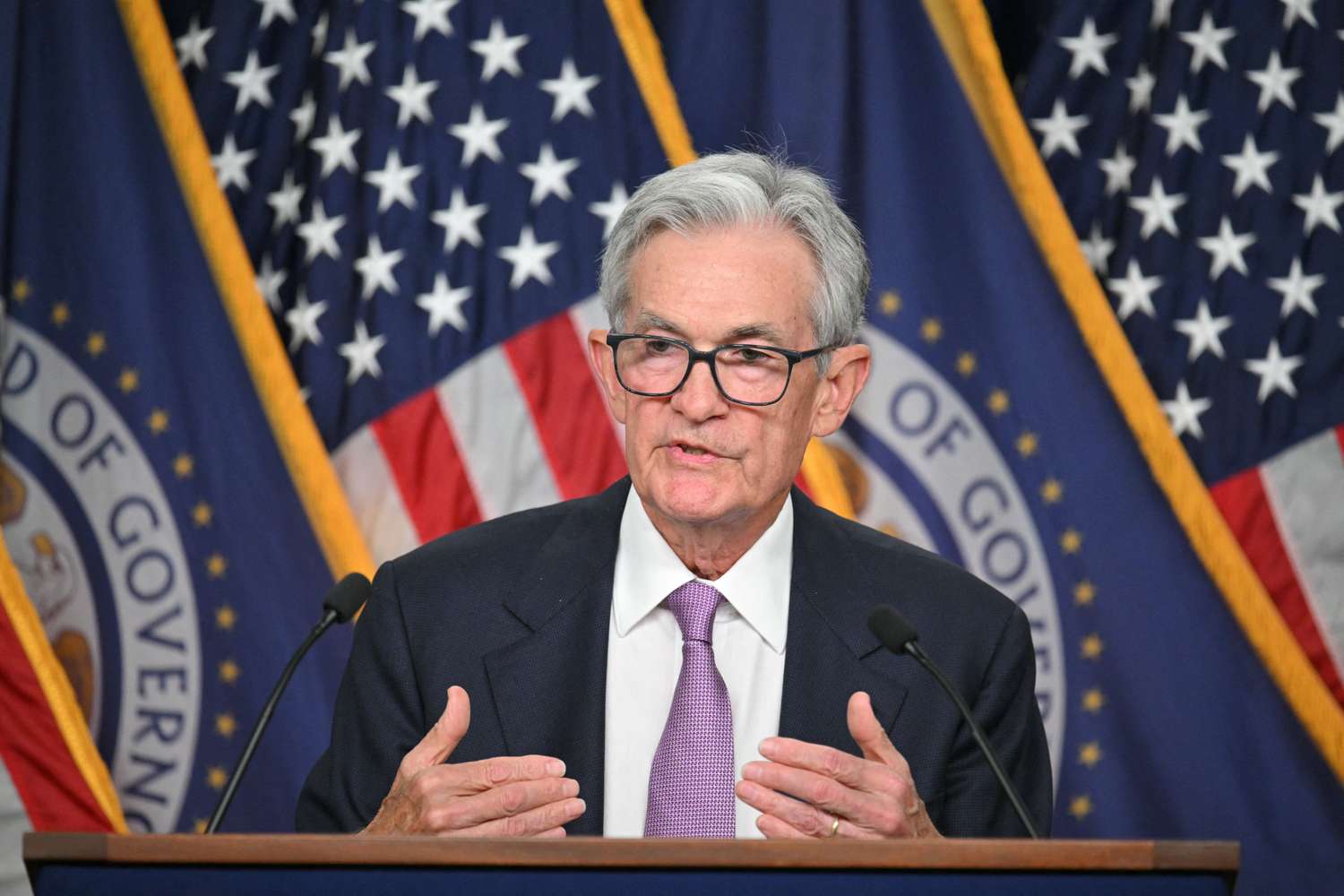The U.S. Federal Reserve has confirmed that interest rates are likely to remain at elevated levels for a longer period than previously anticipated. This announcement immediately sent shockwaves across global financial markets. Investors who were hoping for early rate cuts are now recalibrating their strategies as borrowing costs remain higher for businesses and households. Stock markets in New York, London, and Tokyo recorded declines shortly after the announcement, with technology and banking sectors being the most affected.
The Fed emphasized that inflation, while cooling, still poses risks that justify a cautious stance. By maintaining higher rates, the central bank aims to ensure long-term stability and avoid a resurgence of inflationary pressure. However, the extended period of tight monetary policy has triggered concerns about slowing economic growth both domestically and globally.
Repercussions for Businesses and Consumers
Businesses are already feeling the pressure of sustained borrowing costs. For small and medium-sized enterprises, loans for expansion, equipment purchases, or working capital are becoming increasingly expensive. Large corporations are also reconsidering merger and acquisition plans, as the cost of financing grows. In addition, real estate developers are facing reduced demand, given that mortgage rates remain high, pushing many potential homebuyers to the sidelines.
For consumers, higher interest rates are translating into more expensive credit card bills, auto loans, and mortgages. With inflation still eating into disposable income, the combination of rising borrowing costs and persistent price pressures has left many families struggling to balance their budgets. Economists warn that this strain on households could dampen consumer spending, a key driver of the U.S. economy.
International Ripple Effects
The Federal Reserve’s policy decisions have far-reaching implications beyond U.S. borders. Emerging markets are particularly vulnerable, as investors redirect capital toward dollar-denominated assets that now yield higher returns. This capital flight often leads to currency depreciation in developing economies, making imports more expensive and fueling inflation abroad.
In Europe and Asia, central banks are grappling with the delicate balance of aligning their policies with the Fed. While some may choose to maintain lower interest rates to support growth, doing so risks weakening their currencies further. The European Central Bank and the Bank of England are closely monitoring the situation, with indications that they may adopt a more hawkish stance to prevent destabilization.
Investor Sentiment and Market Adjustments
Investor confidence has been rattled by the Fed’s announcement, prompting significant portfolio adjustments. Equity markets have seen sharp sell-offs, while bond yields have risen as investors price in the likelihood of extended monetary tightening. Safe-haven assets such as gold and U.S. Treasury securities are witnessing increased demand, reflecting a broader shift toward caution.
Financial analysts suggest that markets will remain volatile in the coming months as investors weigh the Fed’s actions against economic indicators such as employment data, consumer spending, and inflation reports. Hedge funds and institutional investors are already diversifying into alternative assets, seeking protection from potential downturns.
Expert Opinions on the Path Ahead
Economists are divided on the long-term implications of the Fed’s policy stance. Some argue that the strategy is necessary to anchor inflation expectations and restore financial stability, even at the cost of slower growth. Others caution that prolonged high rates could push the U.S. economy into a recession, with ripple effects across the global financial system.
Critics also highlight the risk of over-tightening, where the Fed’s cautious approach may inadvertently stifle investment and job creation. Advocates of the policy counter that any short-term pain is a necessary trade-off to avoid more severe consequences in the future.
FAQs
Why did the Federal Reserve decide to keep interest rates high?
The Fed is maintaining higher interest rates to combat inflation and ensure price stability. Although inflation has eased, risks of a resurgence remain, prompting caution.
How do higher interest rates affect ordinary consumers?
Consumers face higher costs for mortgages, auto loans, and credit cards, reducing disposable income and limiting spending power.
What impact does this decision have on businesses?
Businesses face increased borrowing costs, making expansion, mergers, and investments more expensive. This is particularly challenging for small enterprises and real estate developers.
How are international markets responding to the Fed’s stance?
Emerging markets are seeing capital outflows toward U.S. assets, leading to weaker currencies and rising inflation. Developed markets are also adjusting monetary policies to maintain stability.
Could the U.S. economy enter a recession because of these policies?
Economists are split. Some believe prolonged high rates could slow growth enough to trigger a recession, while others argue it’s a necessary step to prevent inflation from spiraling.
Conclusion
The Federal Reserve’s decision to maintain higher interest rates has introduced a new wave of uncertainty into the global economy. While the move is intended to anchor inflation and safeguard financial stability, its ripple effects are being felt by consumers, businesses, and international markets alike. Investor sentiment remains cautious, and volatility across asset classes reflects the challenges of navigating this policy environment.
Looking ahead, the ultimate impact of the Fed’s strategy will depend on how effectively it balances inflation control with the need for sustainable growth. Without careful calibration, prolonged monetary tightening could risk tipping economies into recession, underscoring the fragile equilibrium between stability and expansion in today’s interconnected financial world








